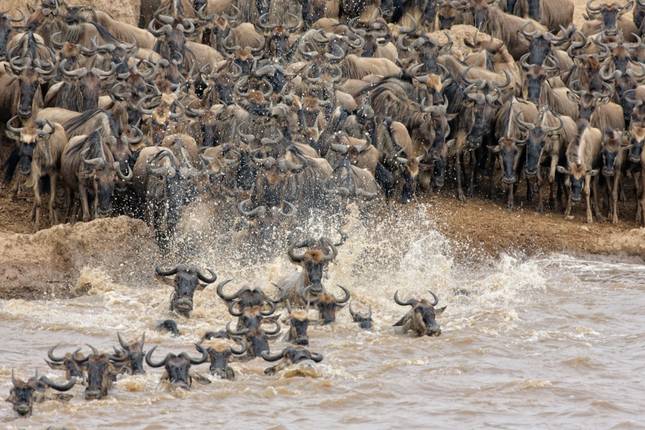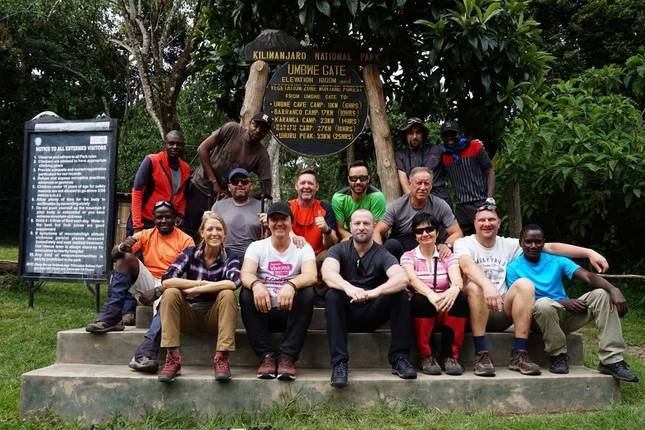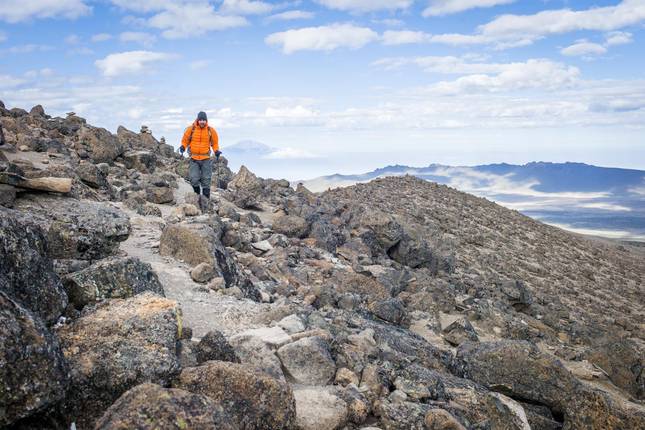
Umbwe Route - Kilimanjaro
The Umbwe route is considered Mount Kilimanjaro’s toughest and most unforgiving route of all, thanks in part to its fast ascent and high altitude. Therefore being prepared isn’t just advisable, it's mandatory to a successful and safe summit! Learn more about the route below and equip yourself for one incredible challenge.
See all Umbwe Route toursDay-by-day breakdown of the Umbwe route
Below you will find a detailed breakdown of what, where and how long you'll be trekking should you opt to select the challenging 6-day itinerary for the Umbwe route.
| Day | Start | Altitude (m/ft) | Finish | Altitude (m/ft) | Time (hrs) | Distance (km/mi) |
|---|---|---|---|---|---|---|
| 1 | Umbwe Gate | 1,600m/ 5,249ft | Umbwe Camp | 2940m/ 9514ft | 5-7 | 11km/ 7mi |
| 2 | Umbwe Camp | 2,940m/ 9,514ft | Barranco Camp | 3,976m/ 13,044ft | 4-5 | 6km/ 4mi |
| 3 | Barranco Camp | 3,976m/ 13,044ft | Karanga Camp | 3,995m/ 13,106ft | 4-5 | 5km/ 3mi |
| 4 | Karanga Camp | 3,995m/ 13,106ft | Barafu Camp | 4,673m/ 15,331ft | 4-5 | 4km/ 2mi |
| 5 | Barafu Camp | 4,673m/ 15,331ft | Uhuru Peak | 5,895m/ 19,341ft | 7-8 | 5km/ 3mi |
| Uhuru Peak | 5,895m/ 19,341ft | Mweka Camp | 3,068m/ 10,065ft | 4-6 | 12km/ 7mi | |
| 6 | Mweka Camp | 3,068m/ 10,065ft | Mweka Gate | 1,640m/ 5,380ft | 3-4 | 10km/ 6mi |
Frequently asked questions: how to climb the Umbwe route
How do I prepare for the Umbwe route?
Any physical activity you can do beforehand will help make your ascent more enjoyable. As for how hard you train, this will depend on whether you're aiming for the Uhuru Peak or embarking on a shorter journey and will be different for everyone.
Learn more.When should I climb the Umbwe route?
You can climb the Umbwe route year-round, but it may be wet and cold which means you should be equipped with the right waterproof gear. Consider climbing between January–March and June–October. Note that April, May and November are the wettest months.
Learn more.What should I pack and what equipment do I need?
While trekking tour operators may supply some of the gear you’ll need, there are a few non-negotiables you will need that includes waterproof gear, a headlamp, sunglasses, appropriate hiking boots, personal medication, a non-disposable water bottle and a cap or a beanie for example. Learn more.
How to get to the Umbwe Route?
Before you start your hiking escapade to the summit of Mount Kilimanjaro, you will need to establish how to get there, and the best mode of transport to suit your itinerary or tour. Travellers flying from the UK, the US, Australia or Canada and other parts of the world have a few options to explore. Learn more.
What are the climbing requirements for the Umbwe route?
Mount Kilimanjaro welcomes hikers of all levels of fitness and ability, but if you’re planning to reach the summit, careful planning and vigorous training is vital. Consider adding extra time to your itinerary to avoid altitude sickness and to enjoy your time climbing Kilimanjaro. Learn more.
What permits do I need?
Each visitor will be required to pay a fee per person, per day for the conservation fee to help manage the national park, however, most tours will cover the permits and entry fees are included in the price.
Learn more
Mount Kilimanjaro routes & maps
Umbwe Route Tours - from 5 to 8 days
A TRAVEL MAGAZINE BY TOURRADAR











